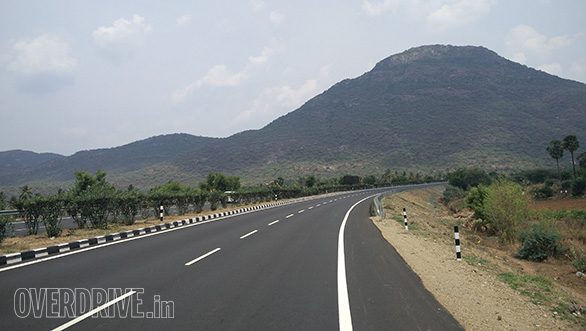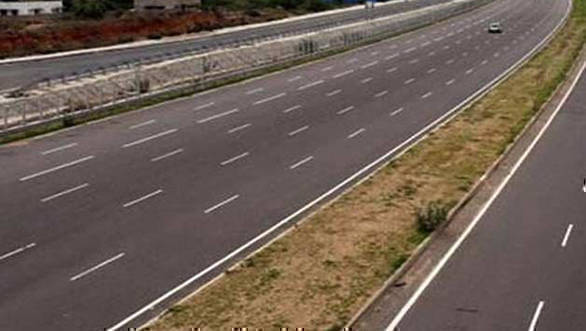NHAI is executing nearly 205 highway projects across India
The Government of India is increasing the amount of money spent on infrastructure development with nearly 205 projects being executed by the National Highways Authority of India (NHAI). Of these, there are 18 projects which cover around 800km. These are worth about Rs 13,500 crore and will be executed on a hybrid annuity model (HAM).
The hybrid annuity model is a Public Private Partnership (PPP) venture from the government. Under this model, the government will initially contribute to 40 per cent of the cost of the highway project. This amount will be paid in five equal installments. The remaining amount should be collected by a private developer, through loans or equity. Once the project is completed, the government will pay the remaining 60 per cent, as a variable annuity based on the value of assets created by the developer. Additionally, the developer doesn't have the right to collect tolls, and the revenue collection will be carried out by the NHAI. It's a good sign that the NHAI is taking control of this as it should offer some more transparency in the process.

Raghav Chandra, the chairman of the NHAI, stated that the government had to take up several initiatives to revive stagnant highway projects. "The State Bank of India (SBI) and NHAI have arrived at a broad framework for resolving three projects which were languishing since 2011. We will be infusing an overall amount of Rs 1,100 crore in these three projects," stated the chairman. Chandra also mentioned that the NHAI is looking to bid out highway projects for about 30,000km in the next three years.
On the challenges of the other types of PPP models, Chandra stated there were too many uncertainties in the past. He stated that there was very aggressive bidding from 2010-12 resulting in the termination of 23 projects. He mentioned that in some cases, "the total premium that was offered was one and a half times of the cost of the completion of the project."

Many highway projects under the 'build operate and transfer annuity' (BOT) model were unsuccessful as developers failed to do due diligence. Under the BOT annuity model, which is another PPP venture, a private developer builds a highway, operates it for a specified period of time, and hands it over to the government. The government pays the developer once commercial operations of the project have begun.
The other PPPs are the BOT toll model and the 'engineering, procurement and construction' (EPC) model. The BOT toll model allows a private developer to collect toll from users to recover all costs, after which he will hand over the project to the government. Under the EPC model, all costs are borne by the government, while private developers are called in only to provide engineering expertise.
The HAM model is a combination of the BOT annuity and EPC models. It reduces the government's financial risk by splitting it with a private developer, and also gives the developer sufficient liquidity.
During the Question Hour in Rajya Sabha, Union Minister Nitin Gadkari stated that the government has allocated Rs 46,834 crore (including cess and toll remittance) as part of the Gross Budgetary Support in 2016-17. Gadkari also stated that the government would spend close to Rs 7 lakh crore over the next five years to develop around 50,000km of highway in the country.
According to Raghav Chandra, the highways sector has also stipulated growth in the cement and steel sectors, with sales increasing by five per cent, while bitumen (a substance used for road surfacing) sales went up by 35 per cent.
Source: www.moneycontrol.com
Related Stories
Top Stories
Latest Videos
Most Popular
- Budget Sportbike Showdown: Kawasaki Ninja 500 vs Aprilia RS 457 vs Yamaha YZF-R3
- 2014 Triumph Daytona 675 vs 2024 Kawasaki ZX6R - A Decade of Evolution in Supersport Motorcycles
- Mumbai-Pune Expressway speed restrictions updated
- 2024 Hyundai Creta vs Toyota Urban Cruiser Hyryder vs Skoda Kushaq comparison review - the hype is real?
- Nissan Magnite EZ-Shift review - is the AMT any good?














